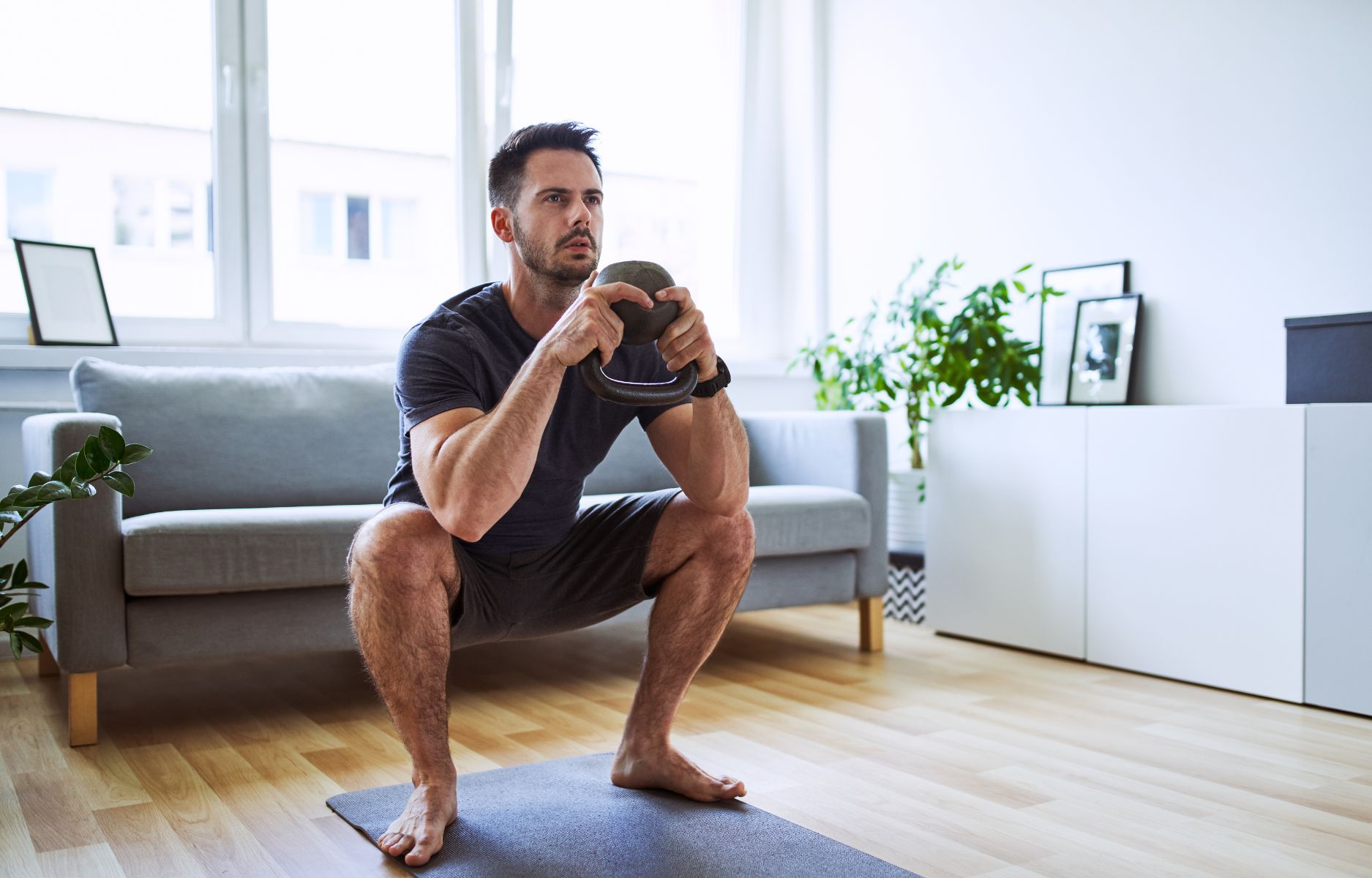Poor posture can have wide-ranging effects on the body, particularly for athletes. From performance efficiency to injury susceptibility, how you hold your body during daily activities and sports alike may influence outcomes. Postural habits, whether good or bad, are often compounded over time, shaping how the body moves and responds to physical stress. Understanding the relationship between posture and bodily function can help reduce the risk of sports injuries and improve athletic performance.
How Does Posture Affect Performance?
Posture sets the foundation for how the body achieves movement. When posture is aligned, the body operates efficiently, with minimal strain on muscles and joints. Movements become smoother, and energy is directed toward performance rather than compensating for imbalances. For athletes, this means greater control and the ability to avoid unnecessary fatigue.
On the other hand, poor posture disrupts the body’s natural alignment, resulting in compensatory patterns. Over time, muscle imbalances can develop, as certain groups become overworked while others weaken. These imbalances may reduce the range of motion, coordination, and overall functionality. This not only impacts athletic performance but can also create conditions where strain or injury is more likely to occur.
Which Sports Injuries Link to Posture?
Poor posture is a common culprit behind many sports injuries. Misalignments in the body can place unnecessary stress on muscles, joints, and the spine, increasing the risk of strain and overuse injuries. Here’s a breakdown of how posture impacts different parts of the body and contributes to injuries:
- Spinal Issues: Rounded shoulders or imbalances in the neck and back can lead to conditions like low back strain, neck pain, or tension headaches by placing extra pressure on the spine.
- Lower Limb Injuries: Misaligned hips or an overly arched lower back may cause issues such as knee pain, shin splints, or hamstring strains. These often occur as the body compensates for postural discrepancies.
- Overuse Injuries: Poor alignment forces muscles and joints to take on repetitive strain, increasing the likelihood of injuries over time.
- Shoulder Strains: In sports requiring overhead movements, improper positioning of the shoulder blades can lead to damage in the surrounding joints and tissues.
Improving posture can help in minimizing these risks. By addressing misalignments, athletes can reduce strain on the body and enhance their overall performance, keeping injuries at bay..
What Postural Habits Should Athletes Avoid?
Athletes often develop postural habits during practice or competition that can negatively impact alignment and overall performance. These habits may not seem significant at first but can lead to long-term issues like pain, stiffness, or decreased mobility. By identifying and addressing these habits, athletes can improve their movement patterns and reduce the risk of injury.
Here are a few common postural habits to watch out for:
- Slouching while sitting or standing: This places continuous strain on the spine and supporting muscles, leading to stiffness, reduced mobility, and even pain over time.
- Over-reliance on one side of the body: Sports like tennis or baseball often favor one-handed movements, creating imbalances in strength and flexibility. This uneven usage increases the risk of injury and limits overall performance.
- Tensing or hunching the shoulders: This habit disrupts smooth movement patterns and causes tension in the neck, shoulders, and upper back, leading to discomfort and restricted motion.
By building awareness of these habits and making small adjustments to posture, athletes can enhance alignment, improve mobility, and prevent injuries, contributing to better long-term performance and well-being..
Consult a Provider
Understanding and correcting posture can be challenging, especially if bad habits are ingrained. Working with a sports medicine professional or physical therapist can provide a clearer picture of how posture impacts movement and injury risk. These providers can evaluate alignment, recommend exercises to build strength and flexibility, and address areas of imbalance. Reach out today to start improving how your body performs and recovers.


Leave a Reply